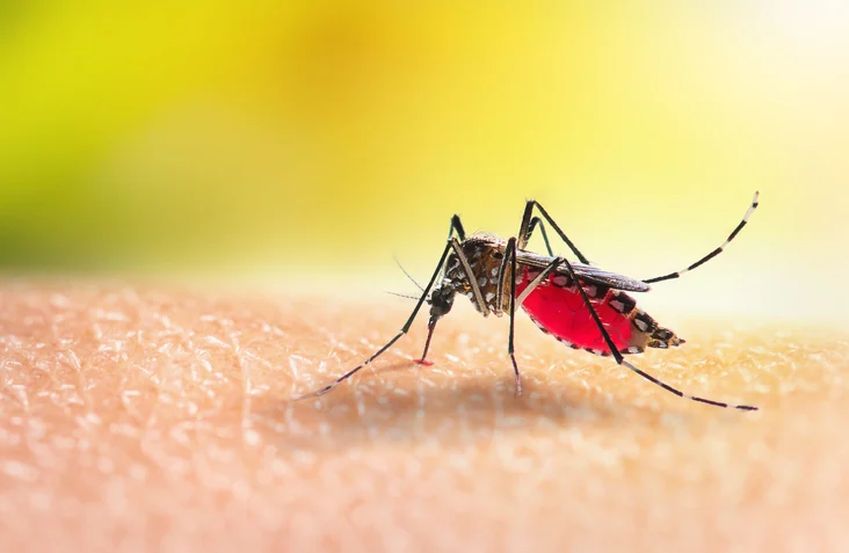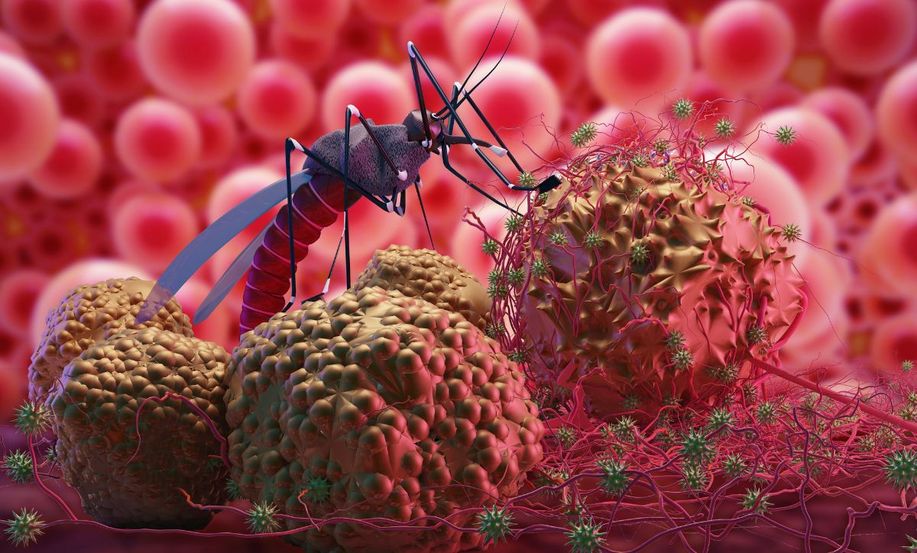Florida health officials reported two additional cases of locally acquired malaria infections on Thursday, bringing the total to seven since May. The Centers for Disease Control and Prevention (CDC) issued a health alert on June 26, urging hospitals to be on the lookout for patients with malaria symptoms and prepare to rapidly diagnose them and start administering antimalarial drugs within 24 hours. The disease is usually transmitted to humans through bites from infected female mosquitoes. Symptoms typically appear 10 days to four weeks after being bit by a mosquito and include fever, chills, headache, muscle aches, fatigue, nausea, vomiting, and diarrhea.
Sarasota, Florida, has been particularly hard-hit by the recent outbreak, with six confirmed cases of malaria in the area since May. However, there has been no new cases since June 28, according to Wade Brennan, the city’s mosquito services manager. Brennan said the city is spraying the targeted area and sending crews on foot to look for larvae and screening all ponds and canals. Out of 120 pools tested so far, only three came back positive, suggesting that the mosquito mitigation tactics appear to be working.
According to Dr. Manuel Gordillo, who specializes in infectious diseases at Sarasota Memorial Hospital, his hospital has treated four of the malaria cases reported in Florida this year, which includes the first person diagnosed with the disease and the two most recent cases. He disclosed that all of the cases were detected soon after the patients were admitted to the hospital. However, Gordillo mentioned that a few of the patients who were homeless, arrived with symptoms like fever and dehydration. Moreover, he added that some of the patients were ignoring the symptoms and arriving too late with other complications.
While Florida health officials are not actively searching for new cases unless they show up at a clinic or hospital, the CDC is urging hospitals to be vigilant and prepare for rapid diagnosis and treatment of malaria patients. Malaria is a serious and sometimes fatal disease, making it crucial to catch and treat cases as soon as possible. The CDC recommends using insect repellent, wearing protective clothing, and using bed nets to reduce the risk of infection.
Brennan says that the city will continue to monitor and target mosquito populations in the area until there are no new cases of malaria. While the recent outbreak has been concerning, the continued testing and mitigation efforts in Sarasota suggest that the situation is under control for now. However, with the ongoing threat of mosquito-borne illnesses, it’s important to remain vigilant and take precautions to reduce the risk of infection.
Florida has reported a total of seven locally acquired malaria infections since May.
Symptoms of malaria include fever, chills, headache, muscle aches, fatigue, nausea, vomiting, and diarrhea.
Malaria is usually transmitted to humans through bites from infected female mosquitoes.
The CDC recommends using insect repellent, wearing protective clothing, and using bed nets to reduce the risk of infection.
The city of Sarasota is spraying the targeted area, sending crews on foot to look for larvae, and screening all ponds and canals. The city is also monitoring and targeting mosquito populations in the area until there are no new cases of malaria.

